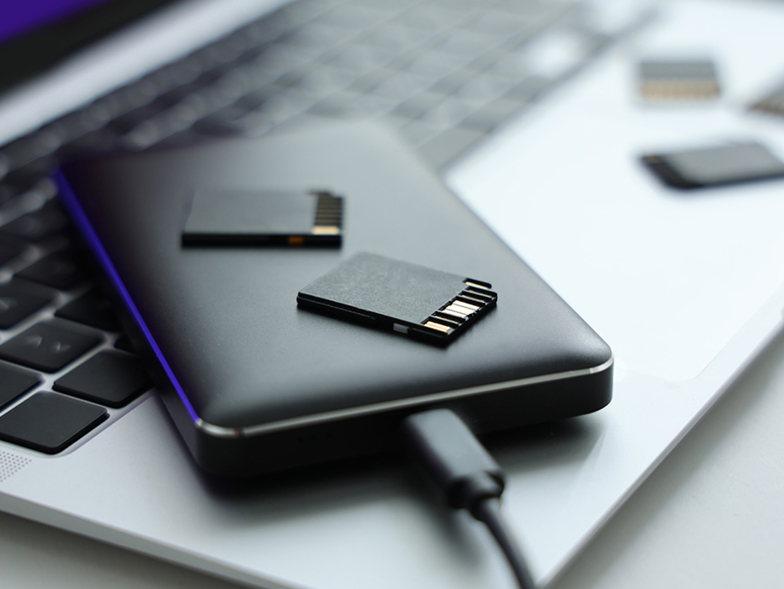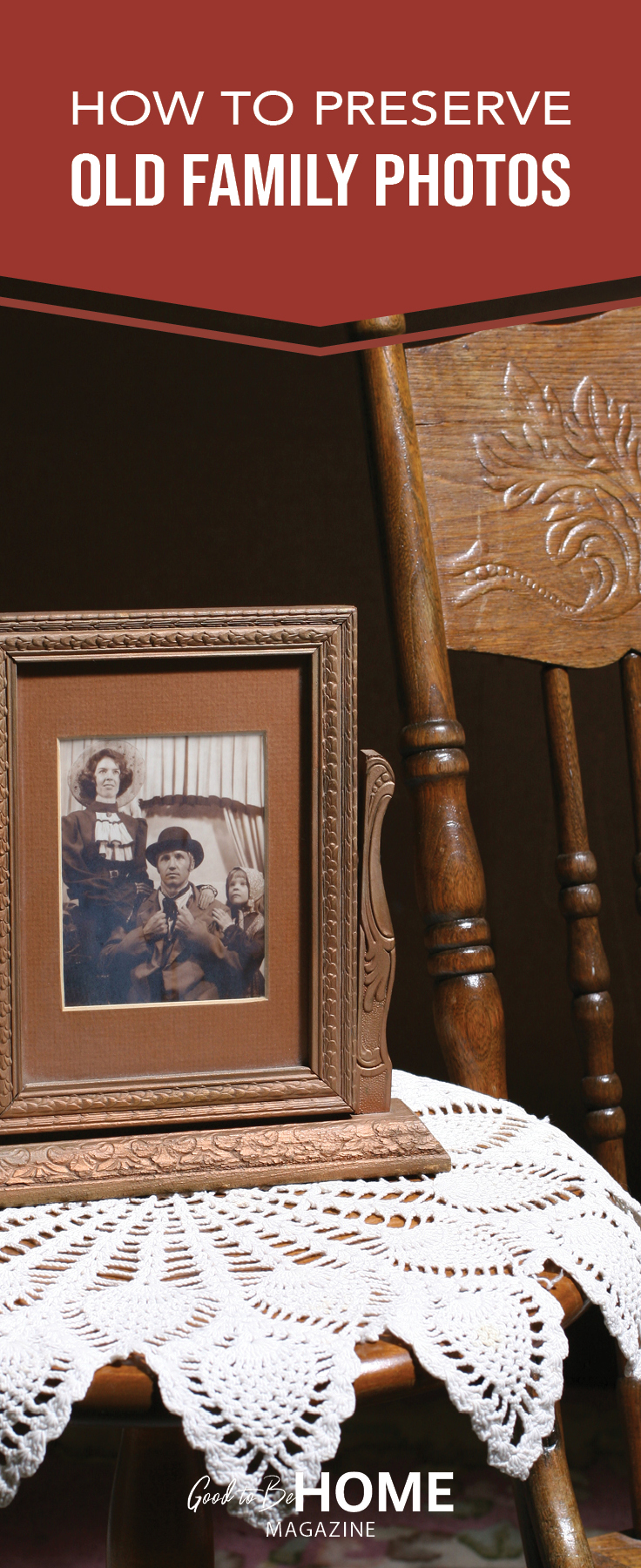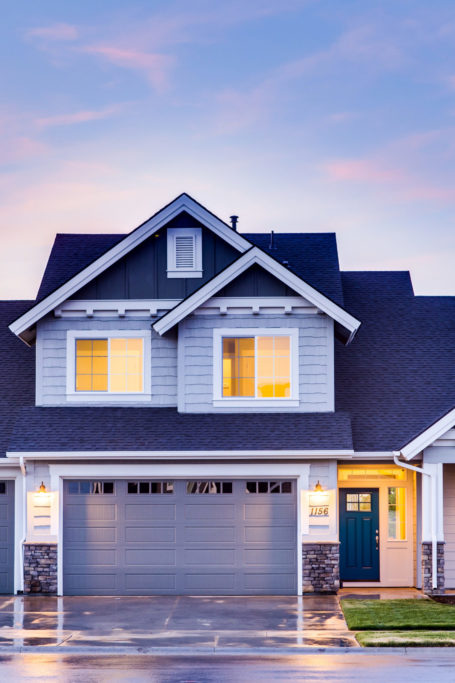How to Preserve Old Family Photos
If you have family photographs pasted in old photo albums or stuffed into shoeboxes, you probably know all too well that they can fade, tear, or get damaged by water, heat, and light. So you should seriously think about making digital copies of these memories, which you can condense into data that’s easy to store and share with family and friends. This guide shows you how you can go about preserving your family’s photos for generations to come.

Organize
Before you can start converting your prints into digital files, you’ll want to organize them. You might want to place your photos on a large table or another space that can be left undisturbed, since it may take time to sort through them. Set aside any duplicates, and separate your photos into categories by date, events (e.g., birthdays, holidays, celebrations), and people (e.g., parents, children, grandchildren). Place each category of photos into separate envelopes so they will be ready to go when you convert your photos.

Digitize
Bringing your memories into the digital can be an exciting yet daunting process because of the various options you have. Decide which one is best for you, your skills, and your finances.
Use your smartphone
A quick and inexpensive way to get digital copies of your prints is to use your cell phone to snap photos of them and then upload the new digital photos to your computer, an external hard drive, or the cloud. One drawback to this method is that it might be more difficult to get high-quality replicas of your prints, as you could capture glare and other imperfections from your original photos. You might get better copies of your prints if you use scanning apps like Google PhotoScan or Photomyne, but you can get even better replicas with other print-to-digital methods.
Scan the prints yourself
Your printer might have a scanning function you can use to get high-quality digital copies of your photos, or you could purchase a separate flatbed scanner to pair with your computer instead. While either can get you good digital copies, you may need to learn how to crop, make color fixes, and perform other adjustments to your new digital photos to get the best results.
Use a professional photo service
You can mail your photos to online companies, such as ScanCafe or ScanDigital, and have trained professionals scan and digitally adjust your photos for you. Many such companies will also provide you with a box and shipping label to mail your prints. In addition, these services will let you choose how to receive your new digital prints, such as on a thumb drive or DVD, or you could download them onto your computer. There are a few drawbacks to consider, however: using an online professional service can be costly, you could risk losing your prints in the mail, and it can take weeks to receive your digital copies. An alternative could be to find a local photographer or camera shop to make digital copies for you instead.

Make a backup
After you convert your old prints into digital photos, there is still work to do to ensure that your prints are accessible for years to come. Take the time to back up your digital photos in more than one location, such as DVDs, SD cards, an external hard drive, a USB drive, or a cloud service such as iCloud, Google Photos, Dropbox, or Amazon Photos. Amazon charges a monthly fee unless you are an Amazon Prime member, iCloud gives its users 5 gigabytes of space without charge, and Google provides 15 gigabytes for free; in addition, most platforms allow customers to pay for extra storage space. For instance, you can get more storage space through Google by upgrading to its Google One service, while Apple users can upgrade to iCloud+ for more space.

Stay up to date
Check on your digital photos regularly, no matter where you decide to store them. Technology is always changing, so you might need to choose a new method for keeping your digital photos at some point. For instance, you don’t want to lose access to your photos should your cloud service be discontinued or if the format you use to save your digital photos becomes outdated. Finally, once you’ve made your digital copies, you need to determine what to do with your old prints. You can get rid of them to save space or keep them as your negatives, so to speak, in case your technology fails or better methods for scanning old photographic prints become available. You can also frame a few of your vintage family photos to display in your home to honor your past.


















